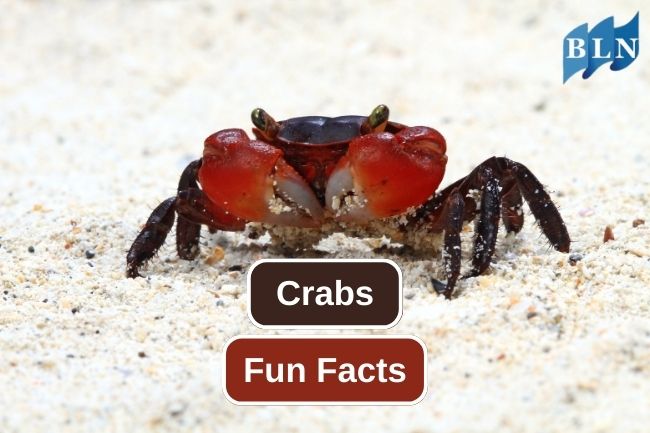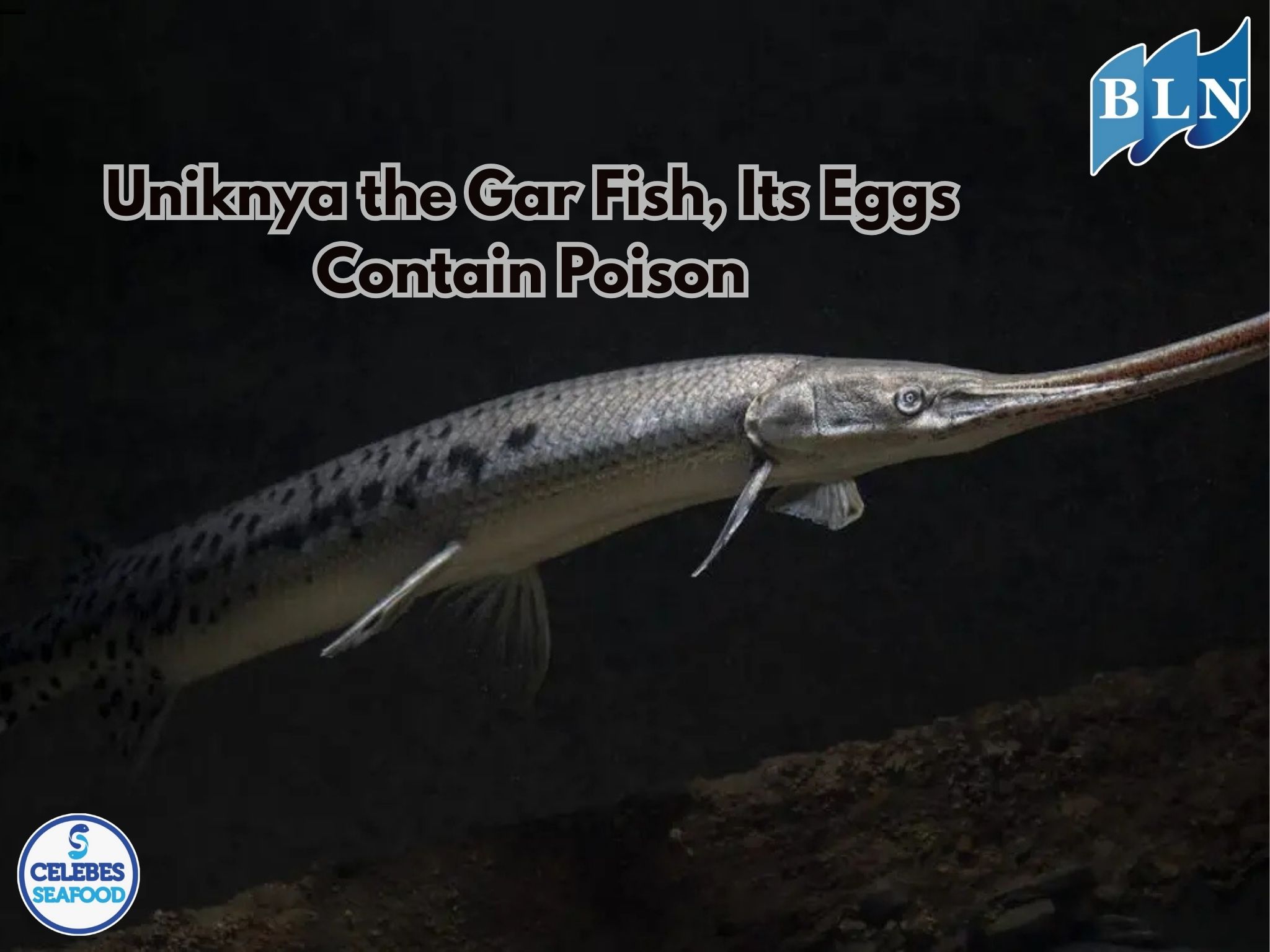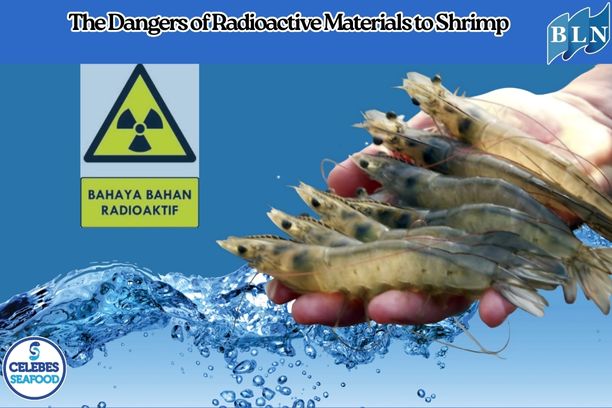Learn About This 6 Crabs Fun Facts
By. Nevanda - 12 Jul 2023
lautnusantara.com - Spanning from the depths of the sea to freshwater sanctuaries, Crabs exhibit an astounding range of shapes, sizes, and colors, making them a fascinating subject for exploration and discovery. With their peculiar ten-legged anatomy, crabs capture our attention and spark our imagination. Five pairs of legs adorn their bodies, with the foremost pair evolving into formidable pincers, aptly designed for defense, feeding, and even courtship rituals. This unique adaptation sets them apart, emphasizing their adaptive prowess in the intricate dance of survival.
Read also: Clam’s Life Cycle In 6 Stages
Here are some fun facts about crabs:
1. There are over 4,500 species of crabs worldwide, found in both saltwater and freshwater environments. They come in various shapes, sizes, and colors.
2. Crabs belong to the order Decapoda, which means "ten feet." They have five pairs of legs, with the front pair evolved into pincers, or claws, which they use for defense, feeding, and courtship.
3. The largest species of crab is the Japanese spider crab, which can have a leg span of up to 13 feet (4 meters) and weigh up to 44 pounds (20 kilograms).
4. Crabs have a hard exoskeleton that protects their body. As they grow, they molt, shedding their old exoskeleton and forming a new one. During the molting process, crabs are vulnerable until their new exoskeleton hardens.
5. Some species of crabs can regenerate their lost limbs if they are damaged or torn off. They can regrow their pincers or legs through a process called autotomy.
Read also: Exploring the Exquisite Flavors of Cantonese-Style Steamed Fish
6. Crabs are omnivores, meaning they eat both plants and animals. Their diet includes algae, mollusks, small fish, worms, and even other crabs.
7. Crabs are known for their sideways walking, which is caused by the structure of their legs. This motion allows them to move easily along the shoreline and navigate through crevices and rocky areas.
8. Many species of crabs have specialized adaptations for their habitats. For example, fiddler crabs have one disproportionately large claw used for communication and defense, while hermit crabs use discarded shells as portable homes.
9. Crabs have well-developed senses. They have compound eyes that allow them to see in multiple directions simultaneously, and they can also detect vibrations and chemicals in the water.
10. Crabs play a vital role in marine ecosystems. They help control populations of other animals, such as mollusks and small fish, and their burrowing activities can aerate sediment and mix nutrients, benefiting the overall health of coastal areas.
These are just a few fascinating facts about crabs. They are intriguing creatures with diverse adaptations and behaviors that make them an essential part of the natural world.





 in Ball Shape (Balltype) for Export.jpg)
.jpg)

